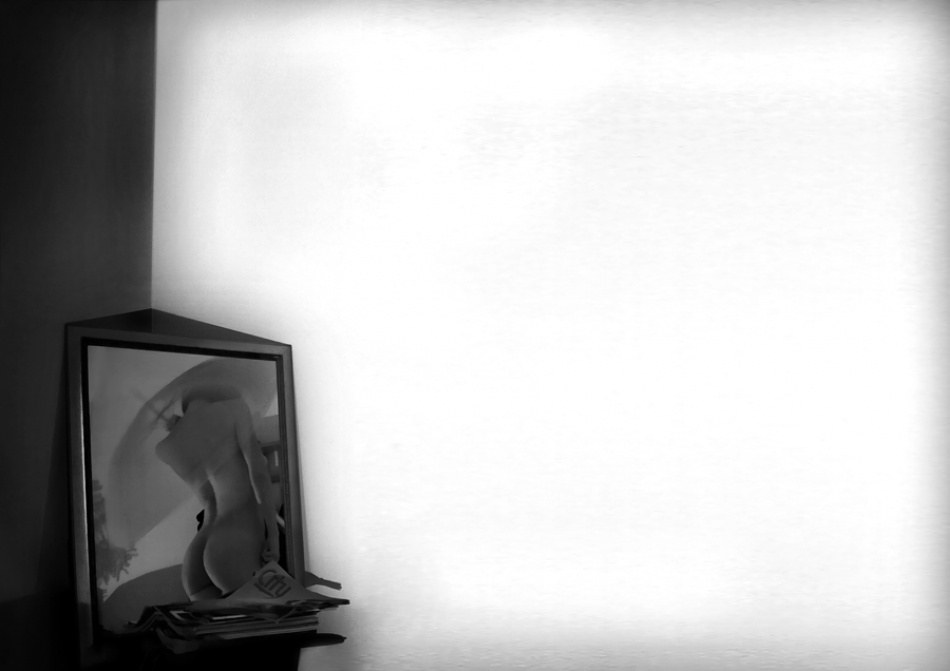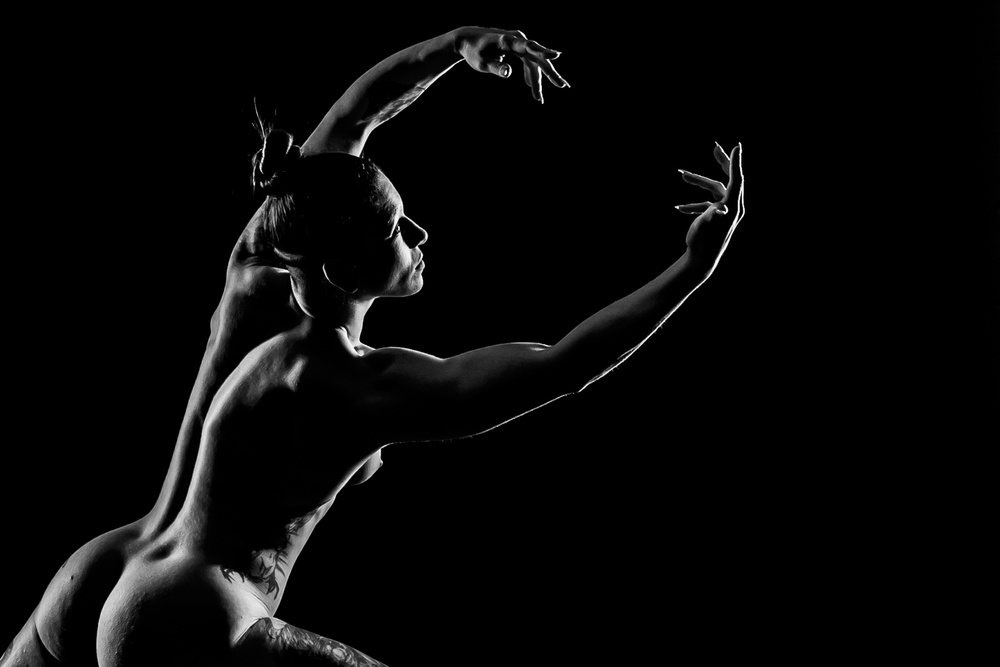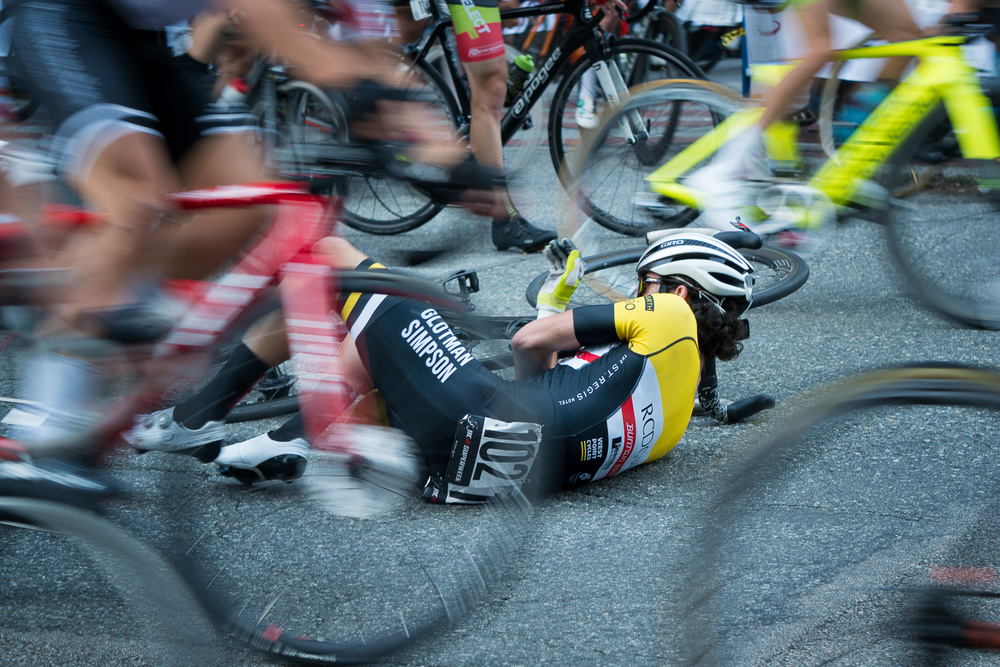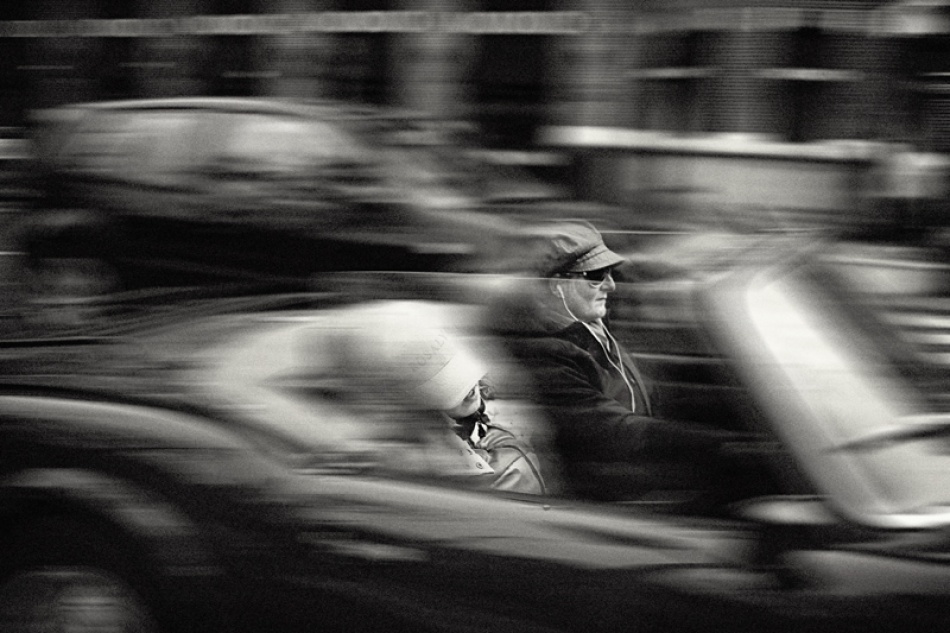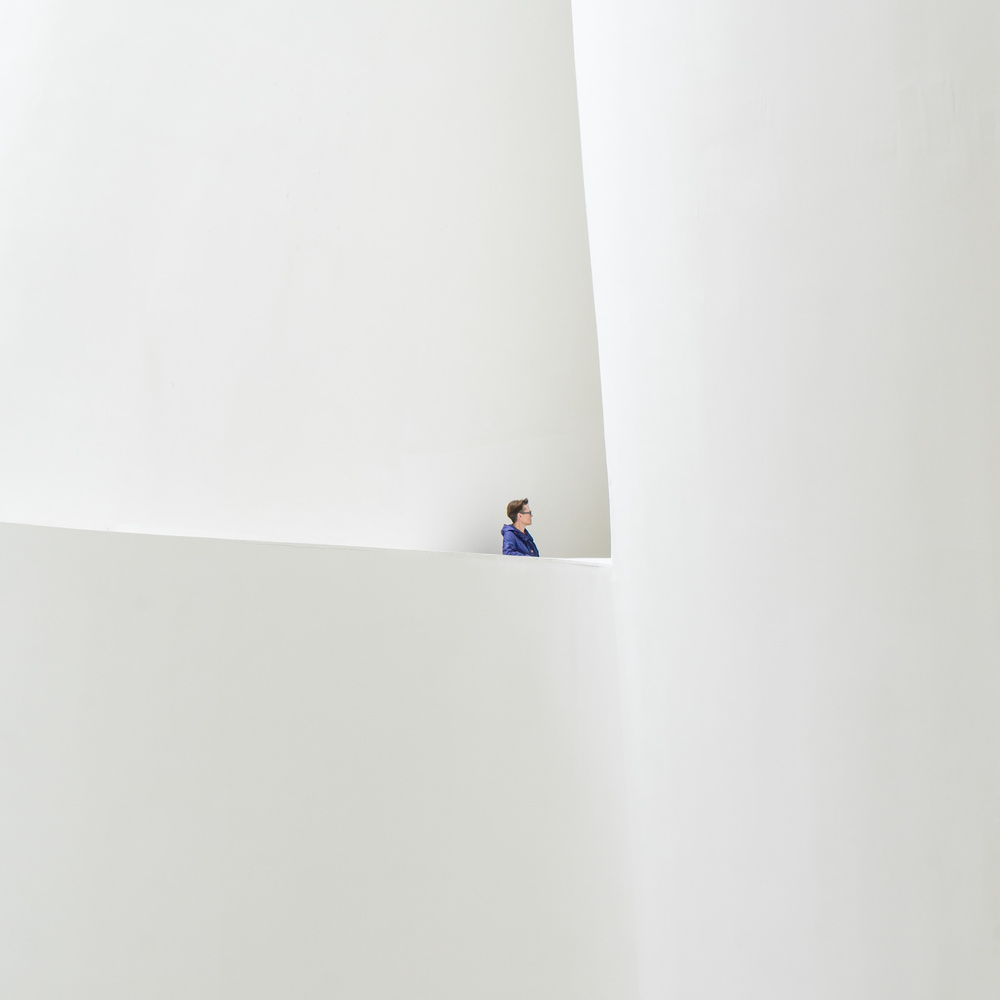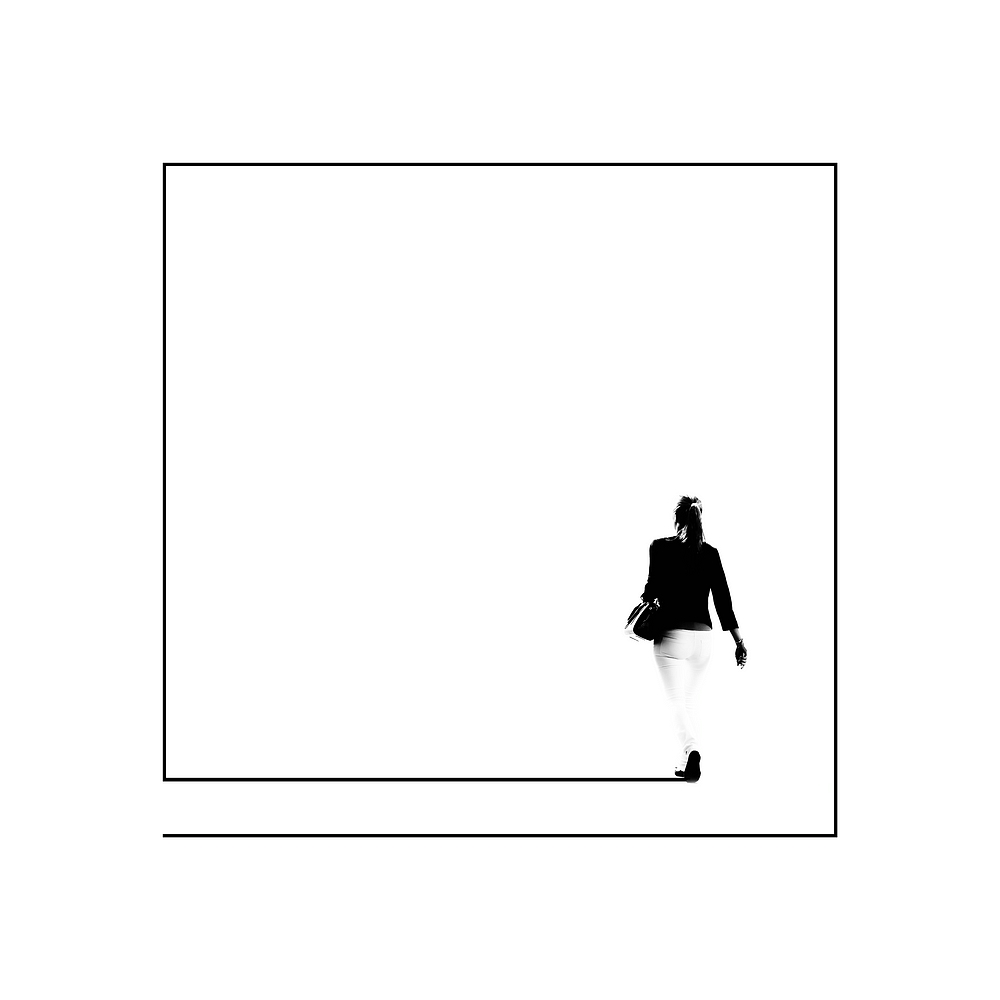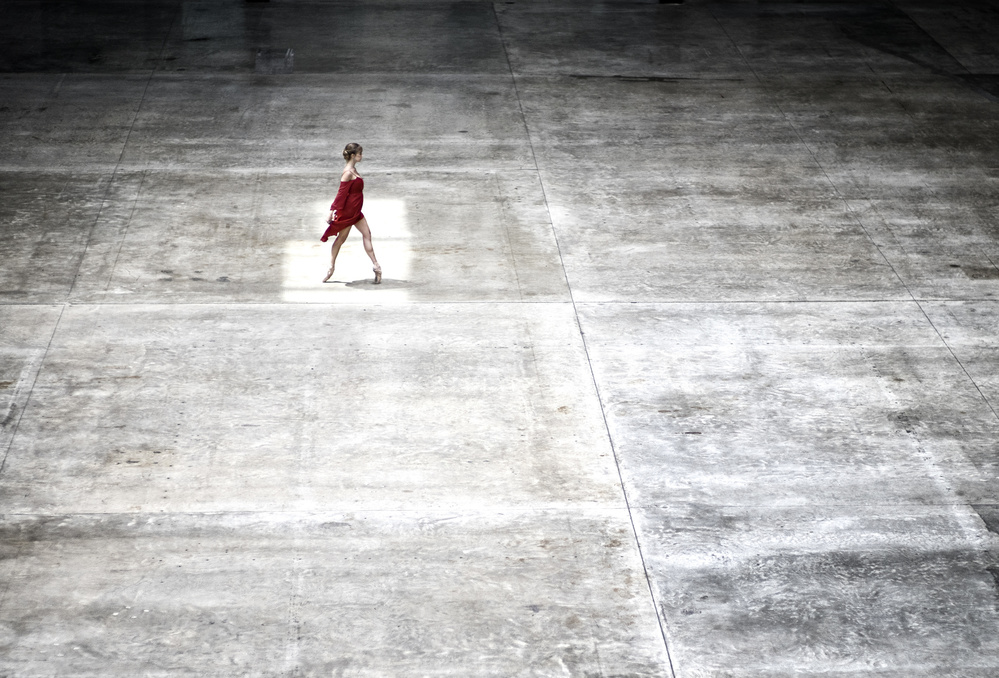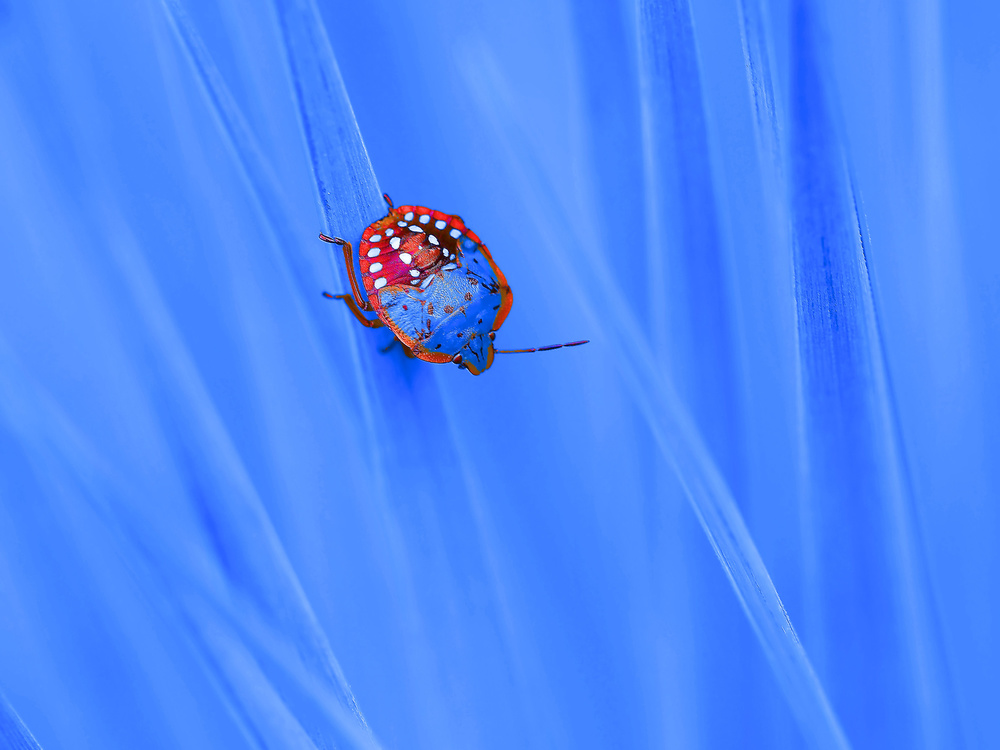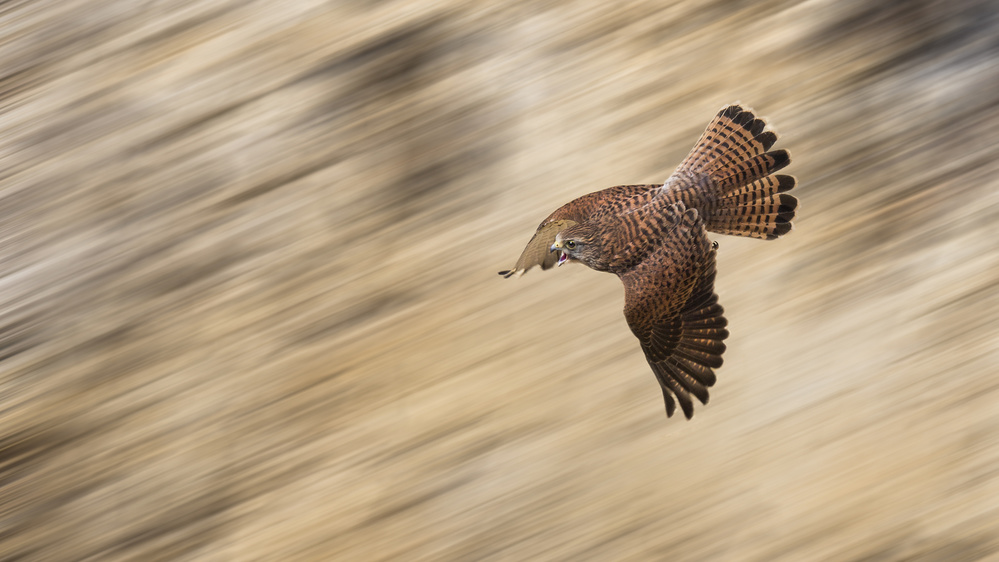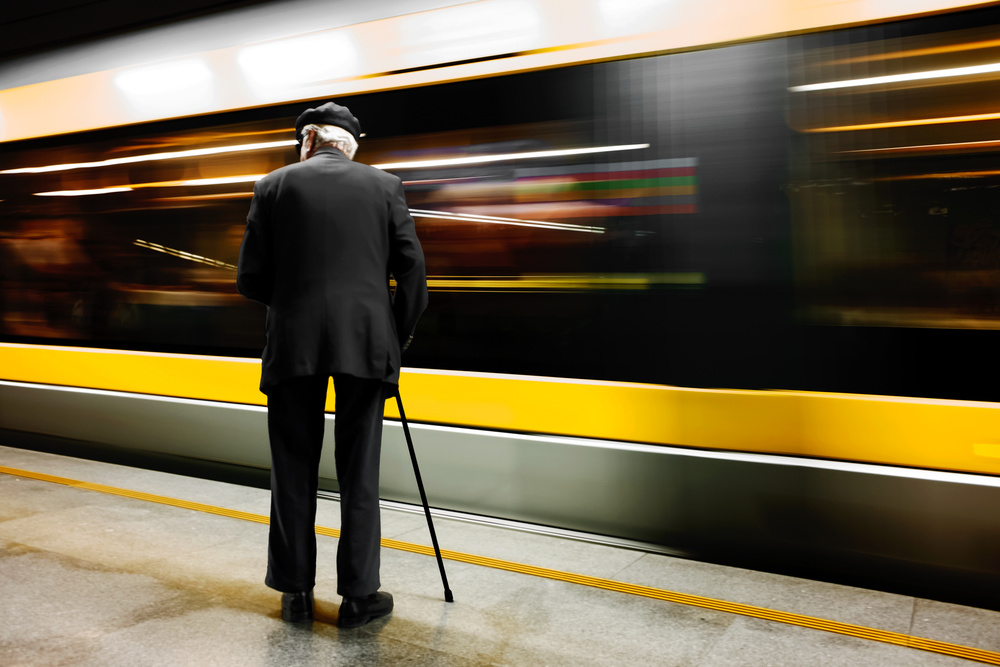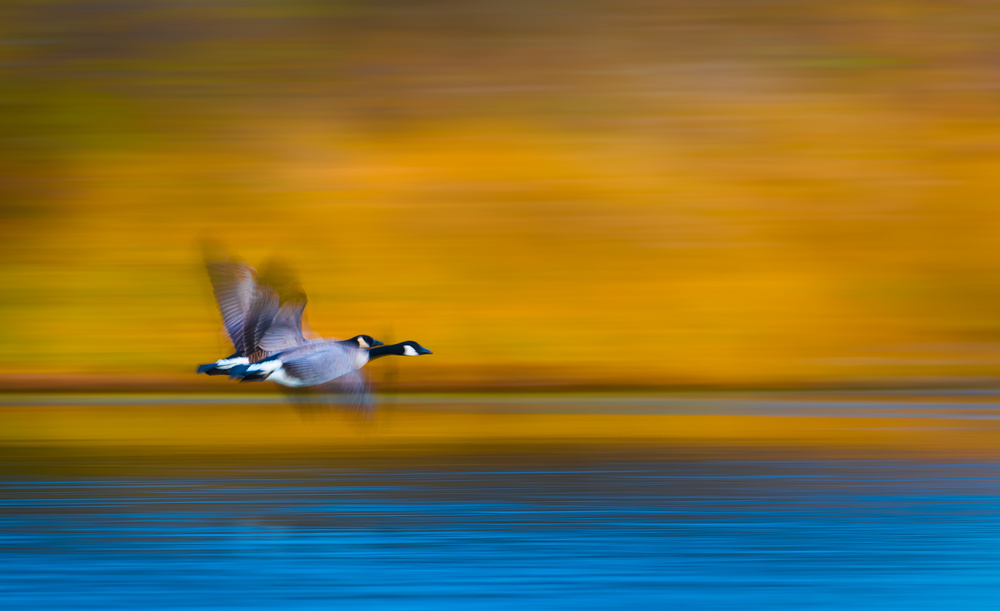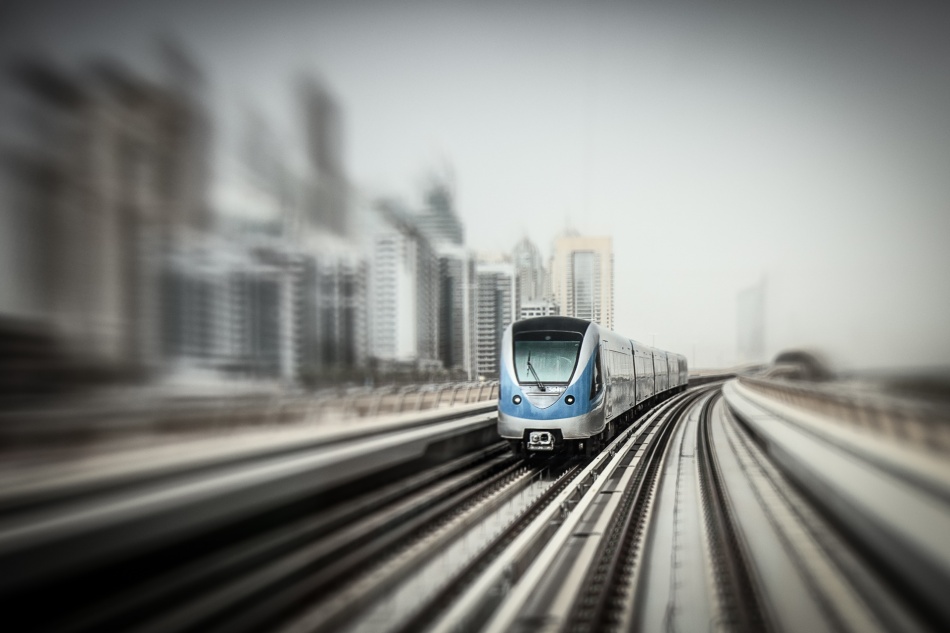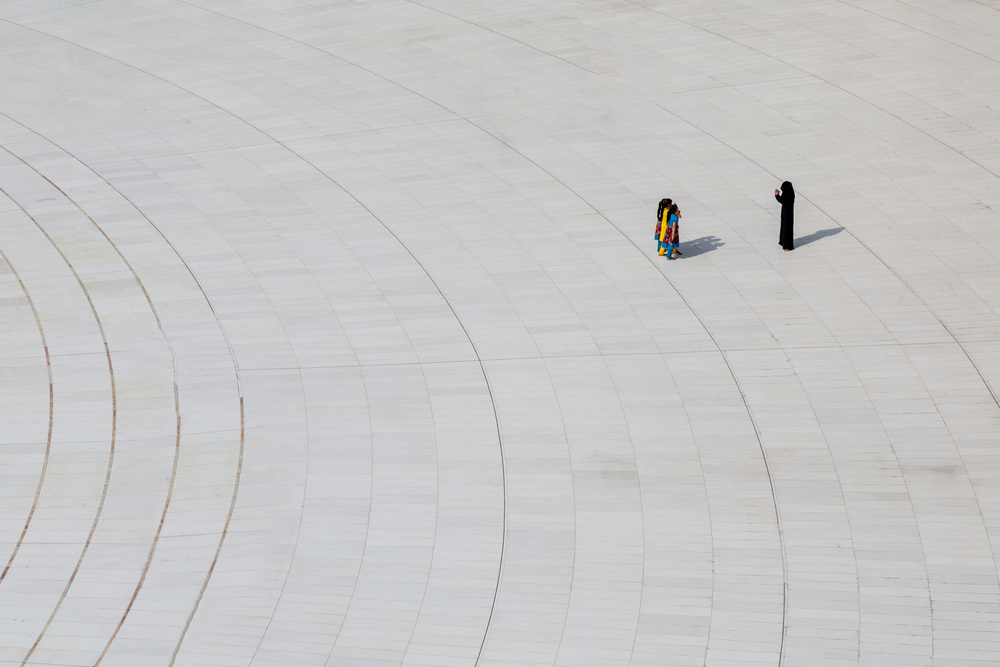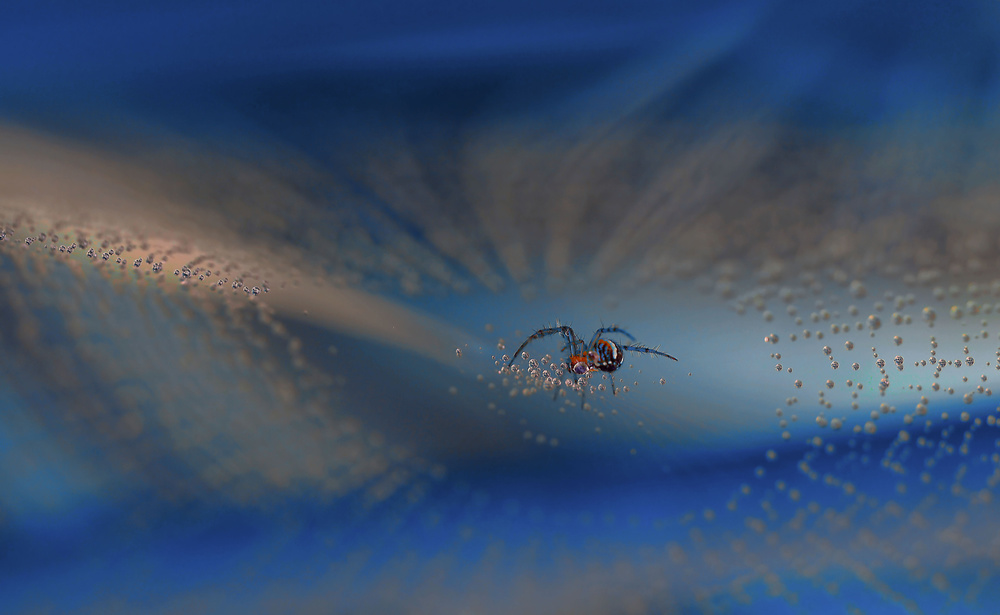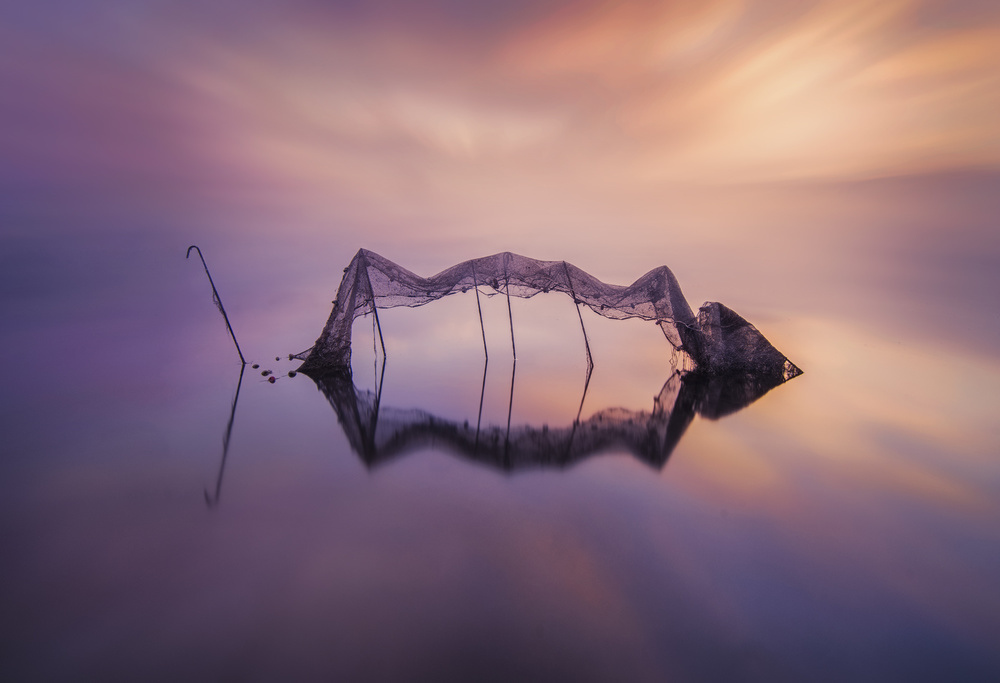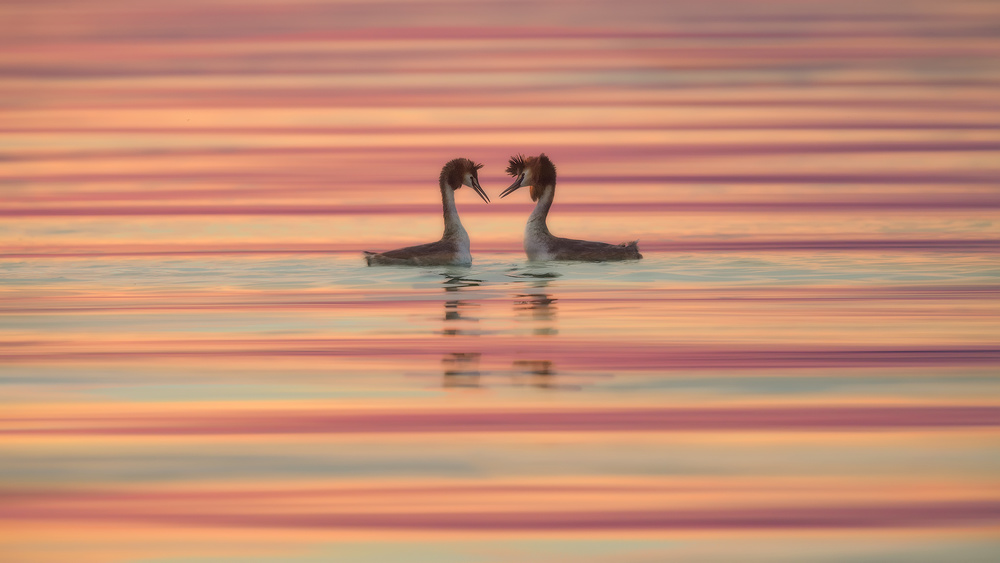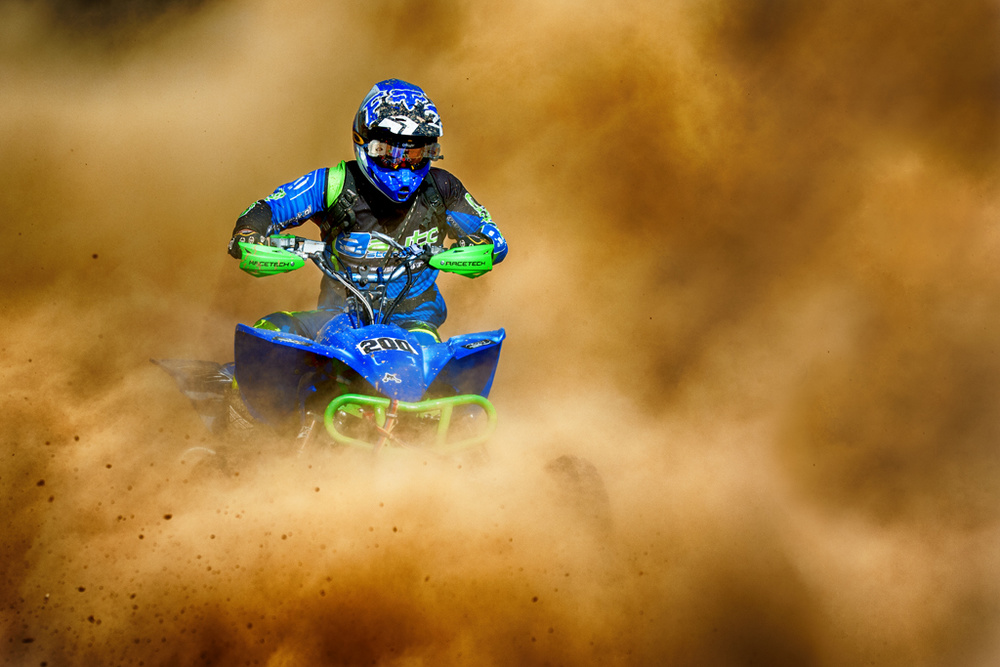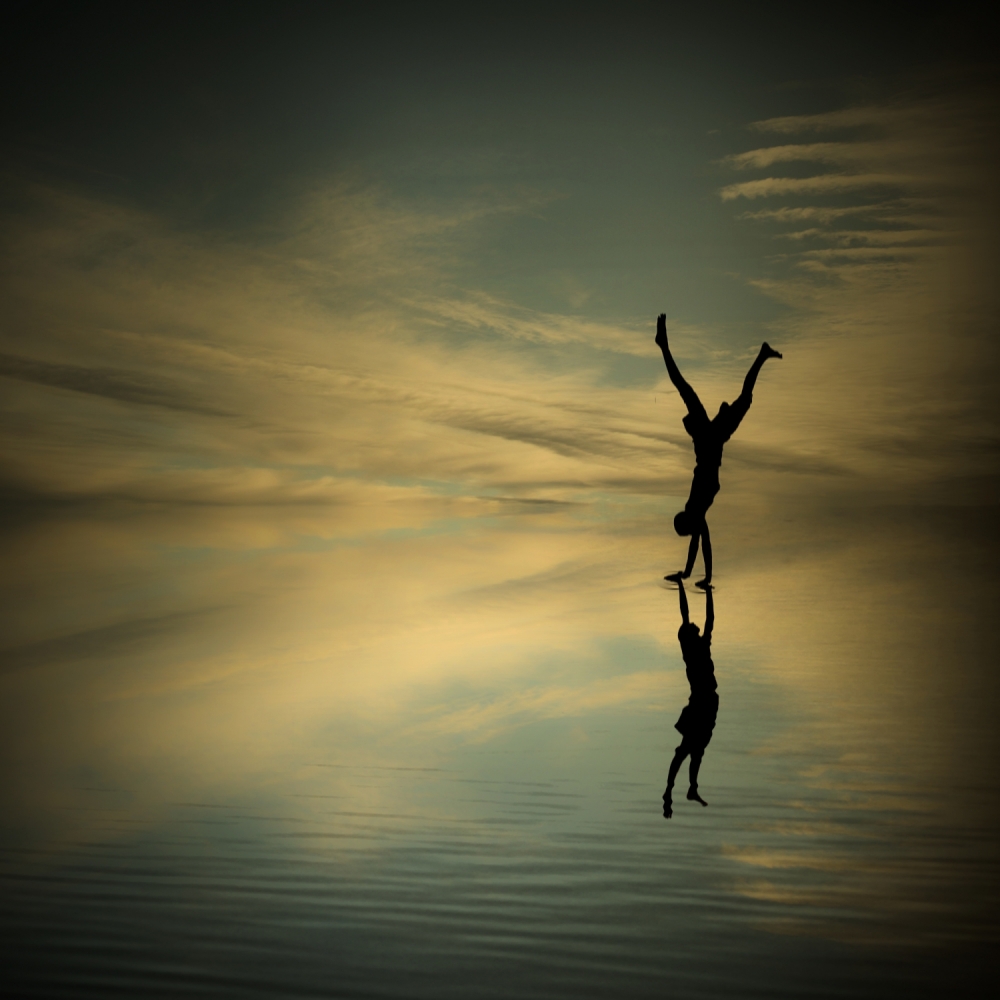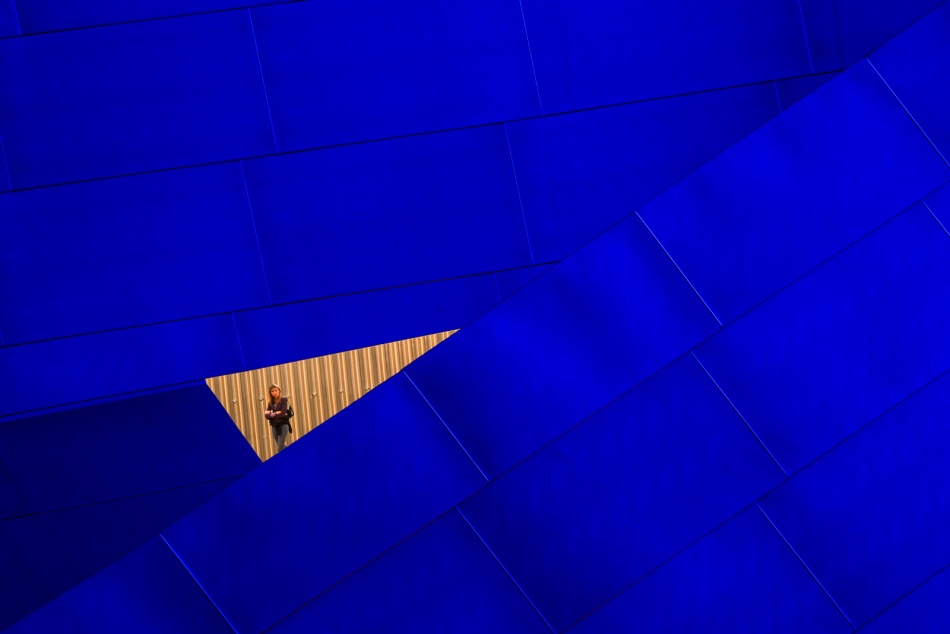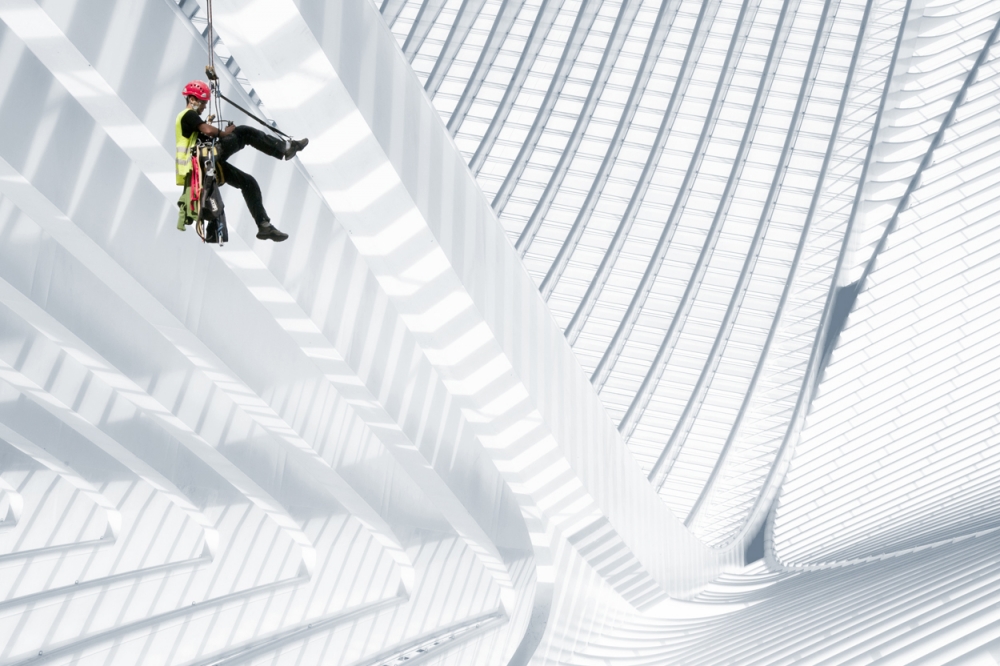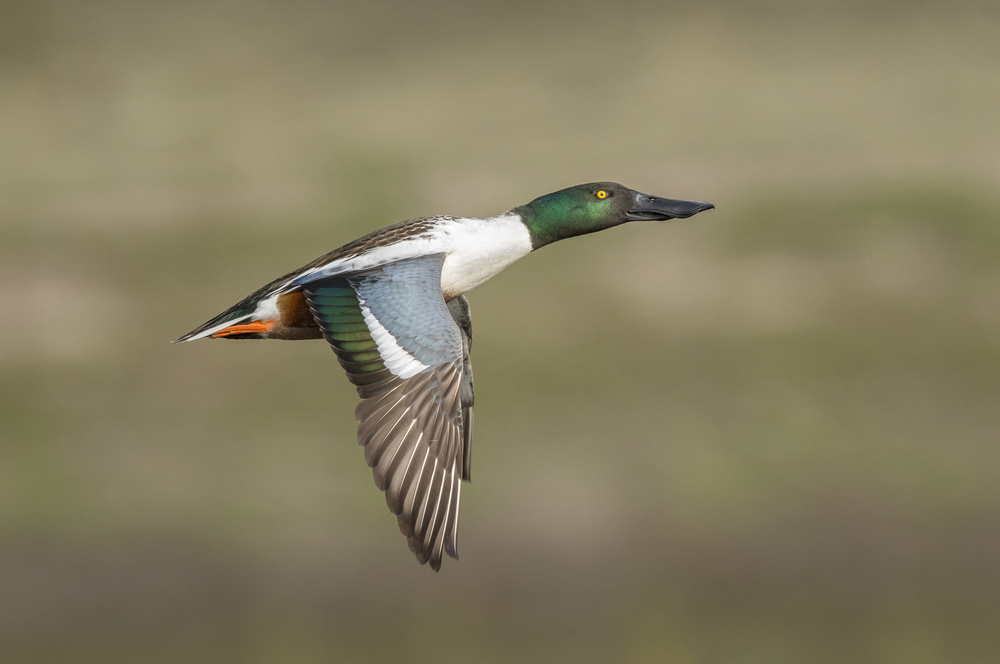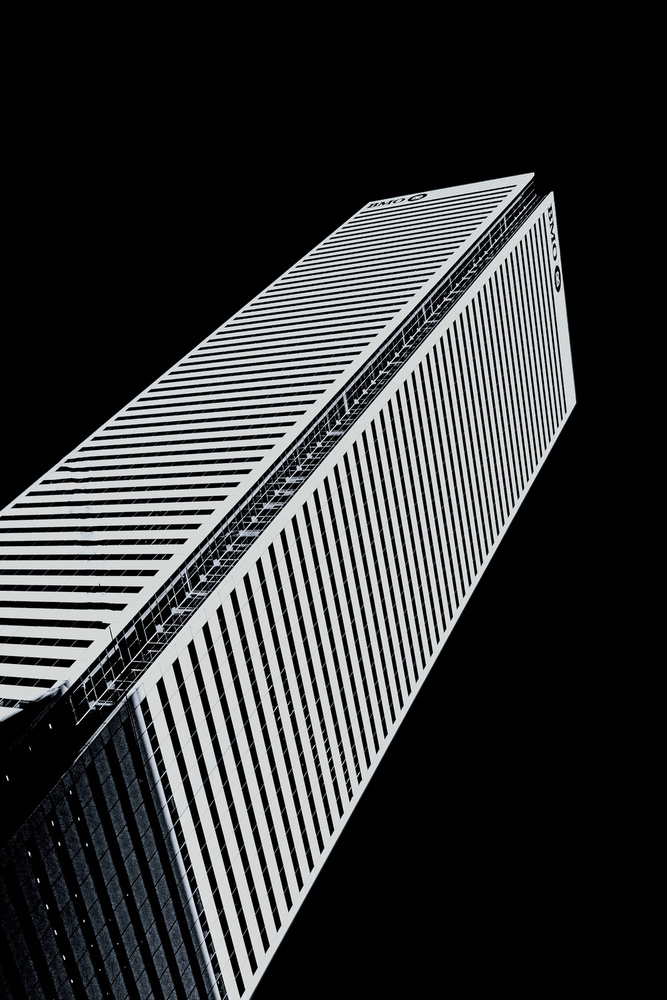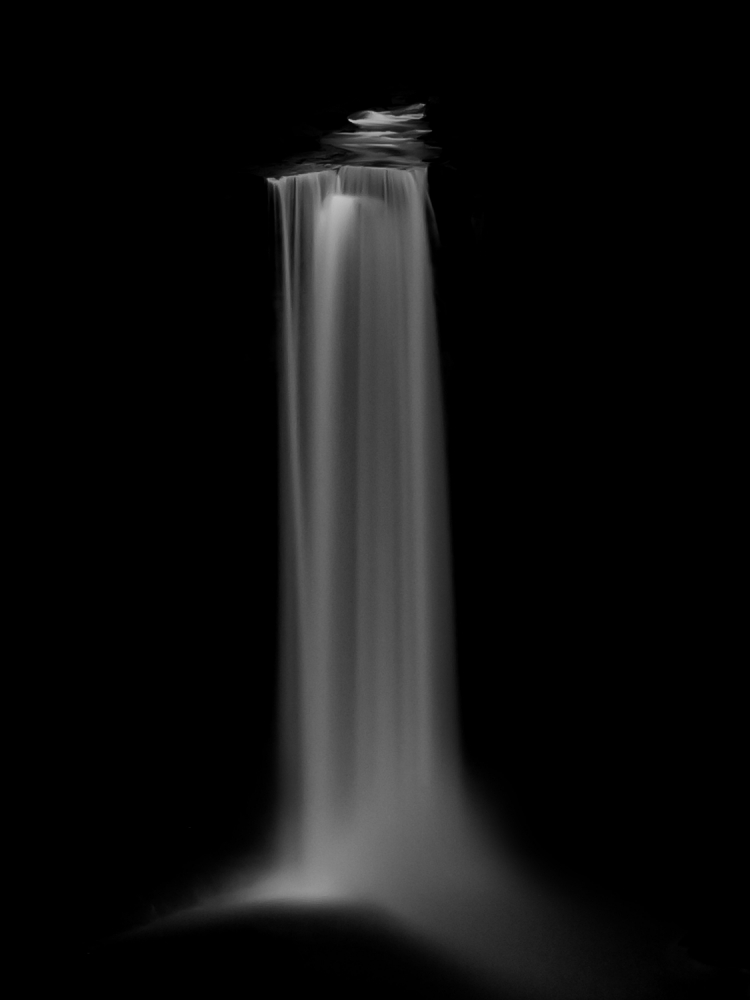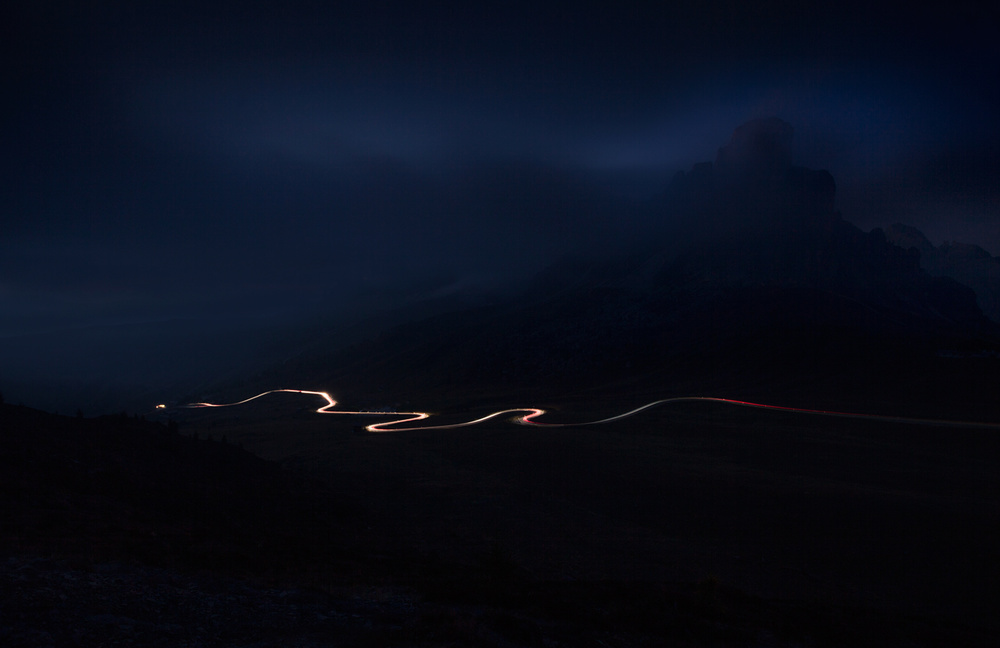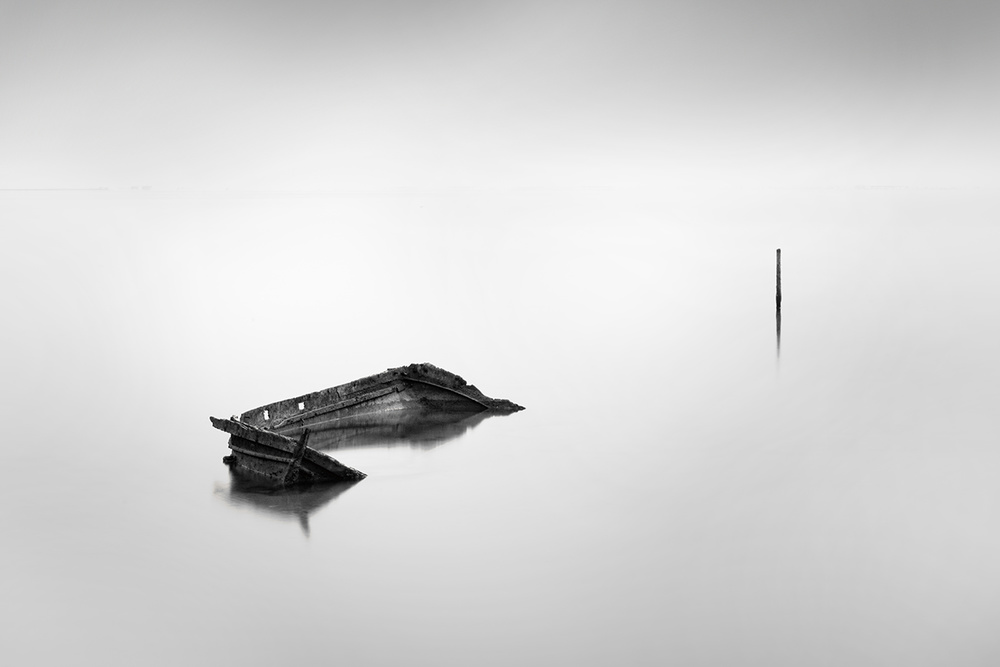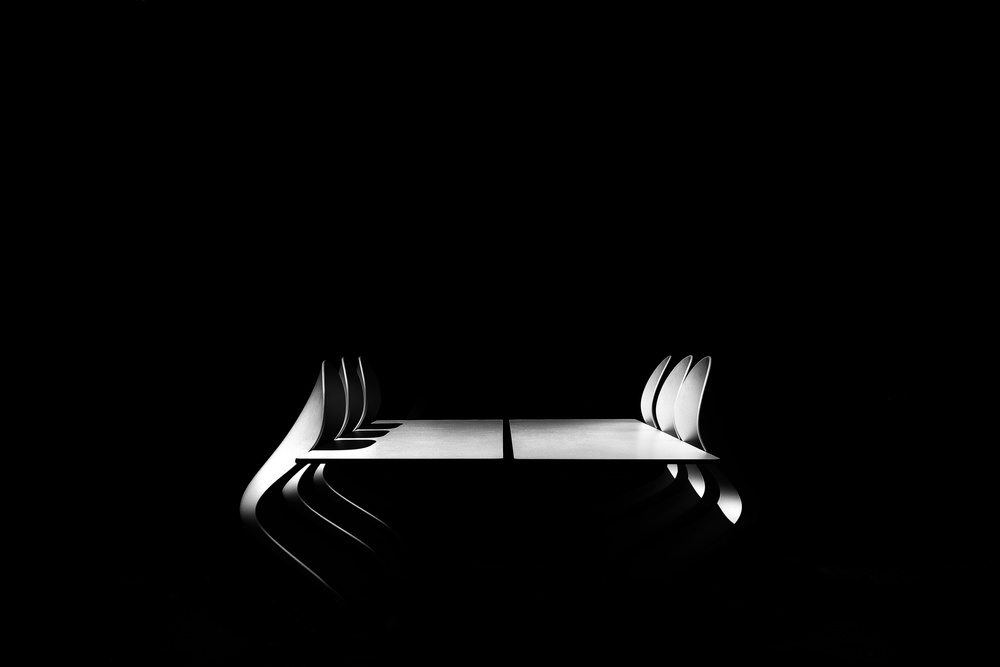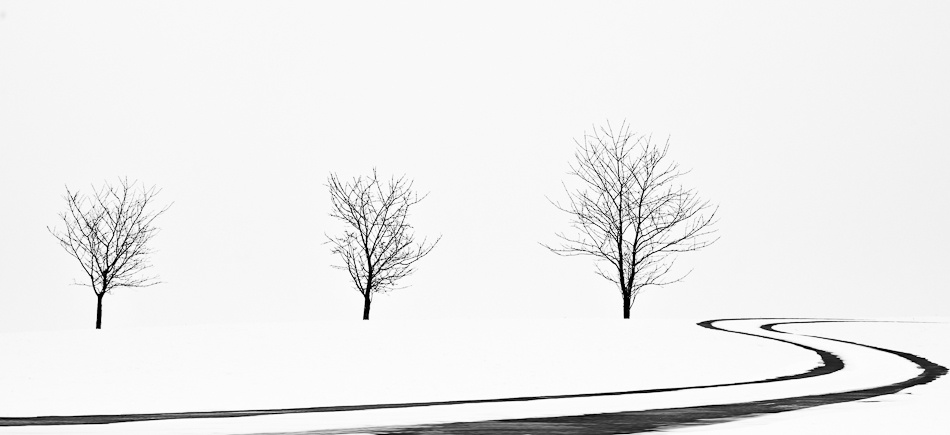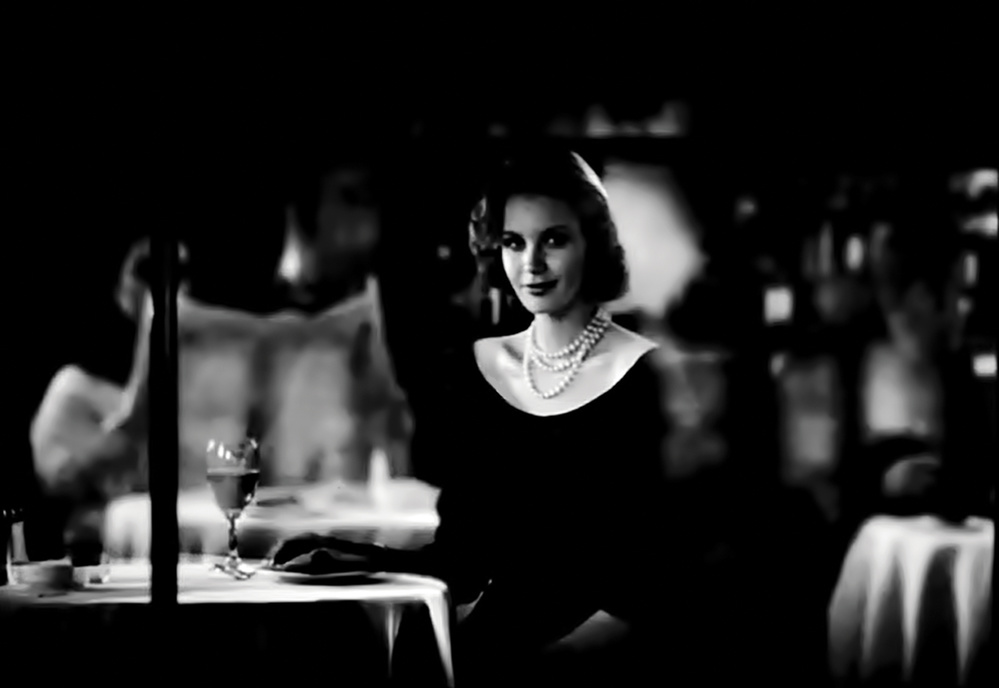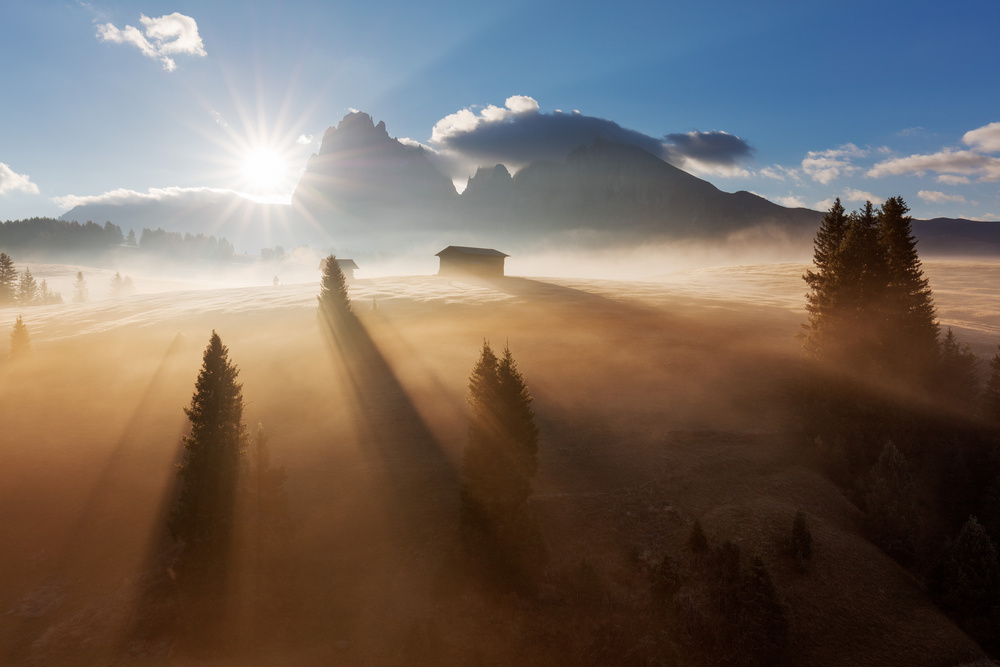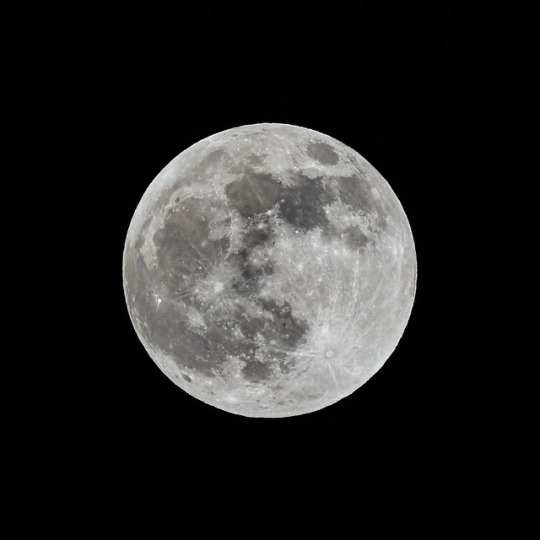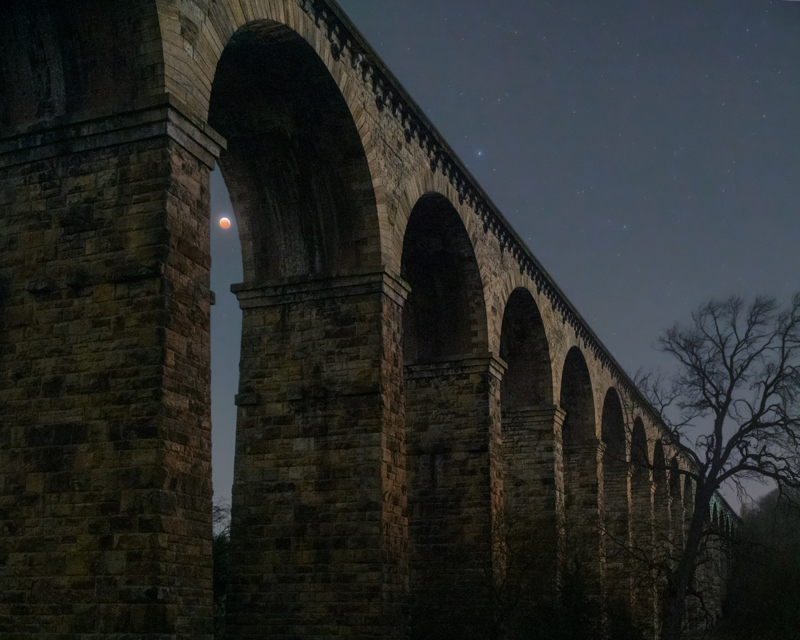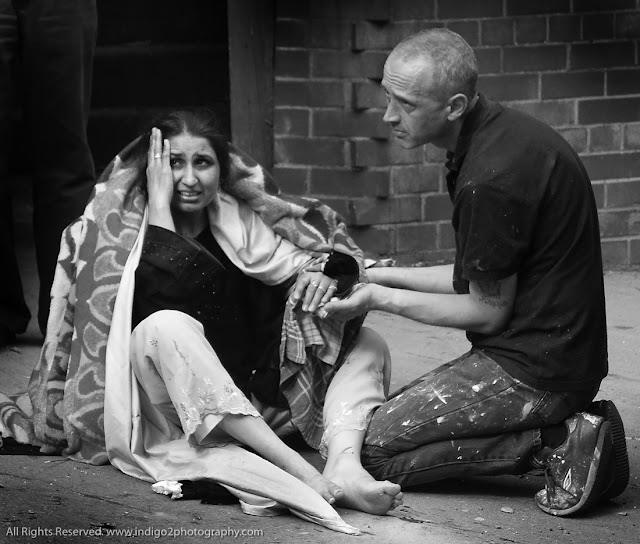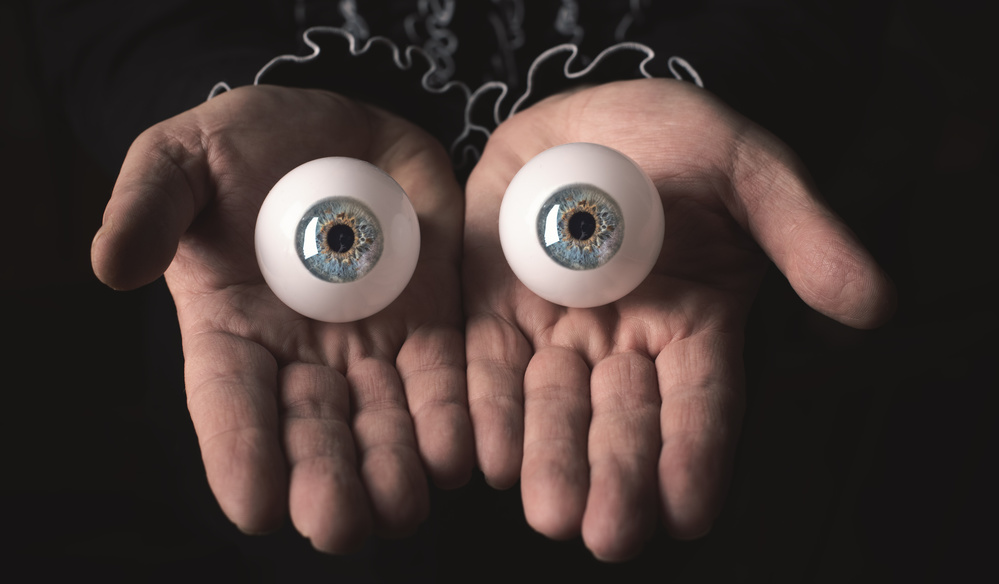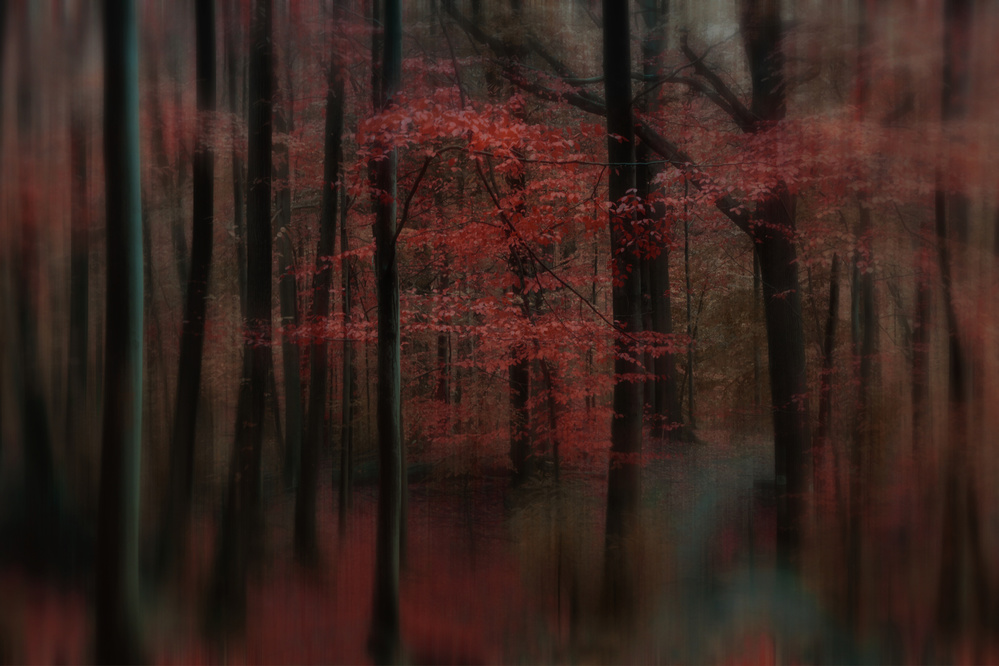Photographers
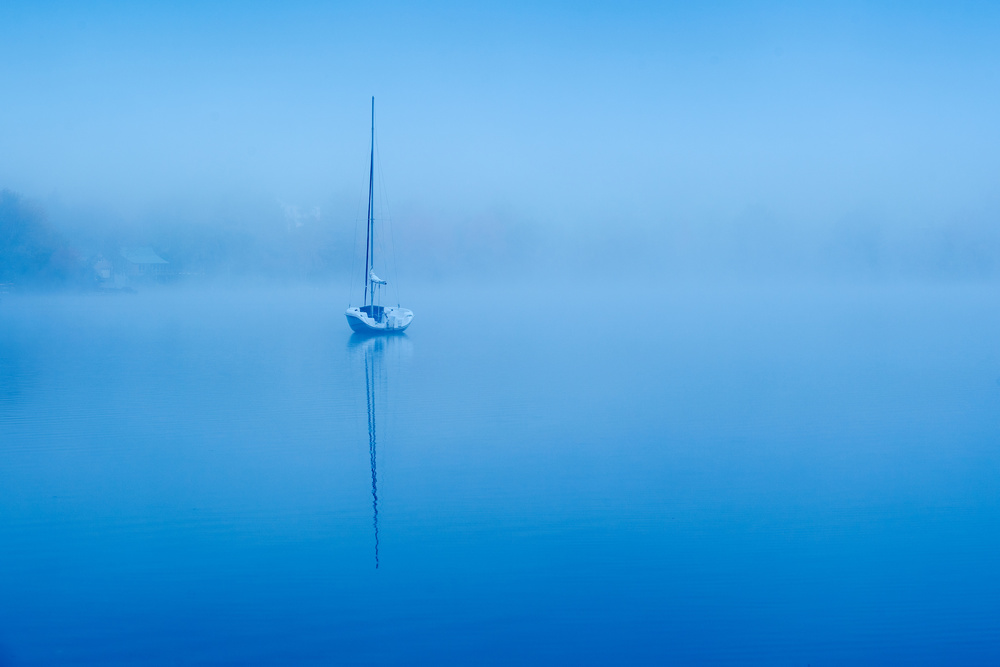
The Perfect Use of Negative Space
1x Blog-Photographersby Editor Miro Susta
There are many rules that we should consider for photo design, but very often we don’t! The use of negative space for example. Let's talk about why the negative space is actually positive in many cases.
What is negative space in a photo?
It is the "empty" space in an image, it ensures that the viewer's gaze is immediately directed to the central object in the photo.
We could say that the negative space play the second violin in the photo orchestra – this means that it serves to make the central object stand out, or in other words to support the positive space.
If somebody feel that negative space is less important, then he/she is mistaken.
Negative space is often more important than the main subject in the photo, because it helps to create the atmosphere, determines the splendor of the image and underlines the mood of positive space.
The negative space does not have to be an empty area.
Actually a negative space in the image occurs when the photo subjects almost blend into the background, however, the image is able to clearly highlight the main motive by restraining itself as the base.
The objects in the negative space in the following photos are present, but they don’t draw viewer’s attention at first glance. Instead, they first push the eyes into the area of positive space (usually the eyes then wander through the details in the negative space).
A large empty room or large areas can be very special in this way. However, it is not easy to put this skillfully in scene because the negative space is capable of drastically changing the mood in the photo and the story that we are trying to communicate to people. Following some very good examples.
Negative space directs the view to the main theme, it provides a natural balance against the positive space in the image scene.
Finding the right balance is not easy, it takes time and requires a lot of practice.
Very important is to experiment with different compositions to see how they affect the feel of the photo.
I’ve included some examples of the main subject combined with motion blur in the background.
The main success key for creation of superb negative space is to ignore the main object and focus on its surroundings.
In this way negative space can be created naturally and/or artificially.
As an example, let's view the following images below.
However we must be cautious with use of negative space (NS) and the amount of "emptiness" and respect a certain balance.
Usually the positive space (PS) shall not take more than 30% of the image, 40% is a reasonable limit.
The following two photos, with larger (10% PS/90% NS) and smaller negative (40% PS/60% NS) space, show well balanced & good examples of using negative space in wildlife and architectural photography.
Following some nice image examples of successful positive and negative space applications in photography, where there is no doubt about what is what! Both are separated by excellent contrasts.
This article has illustrated what the negative space can do. With its help you can photograph light, aerate or enhance feelings and emotions – express sadness, loneliness or joy and happiness.
The ultimate feelings that will spring from the photo are brought to you by careful consideration of negative space in which there is a tremendous potential - just waiting for you to grasp and shape it.
Try it, practice makes perfect!

